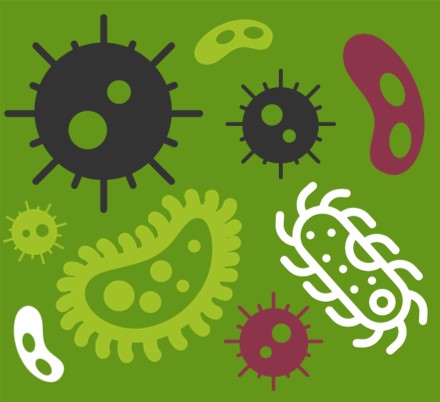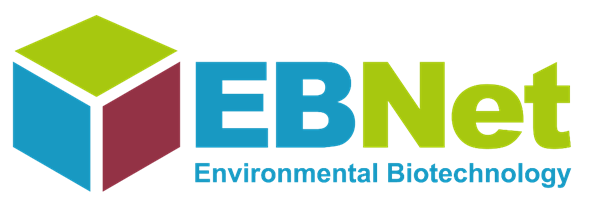A recent review paper looks at the application of anaerobic digestion (AD) for treatment of tannery wastes – including waste generated in leather production, and sludges from the treatment of tannery effluents.
Leather production has historically been a notoriously polluting process, and despite technology improvements it continues to produce a range of very challenging wastes. While tanning is no longer a major industry in the UK, it continues to have a significant environmental footprint worldwide, with the main producers based in China, Russia, Brazil and European countries such as Italy and Spain.
The review highlights the effect of waste characteristics on biogas yields and digestion performance. It identifies seasonal feedstock variability and the presence of heavy metals as factors contributing to process instability. Co-digestion with other substrates is seen as a promising approach both to improve efficiency and yields, and to stimulate implementation of AD in the sector. The lack of research studies on mono-digestion and on microbiological aspects, including adaptation of microbial communities, is also noted.
 Dr Luca Alibardi, a co-author of the review and co-Lead of EBNet’s Anaerobic Fermentation WG, said “Some of the factors that make tannery wastes particularly challenging for AD also apply to their use as potential biorefinery feedstocks. In the longer term, however, they also present a major opportunity. The industry is gradually modifying its processes to reduce the use of toxic or problematic chemicals: for example by adopting chrome-free tanning. And the intrinsic properties of some of these wastes, which can cause instability in AD, may make them especially suitable for production and recovery of valuable intermediate products. In future more detailed knowledge may allow us to manipulate microbial communities and metabolic pathways toward desired product types”.
Dr Luca Alibardi, a co-author of the review and co-Lead of EBNet’s Anaerobic Fermentation WG, said “Some of the factors that make tannery wastes particularly challenging for AD also apply to their use as potential biorefinery feedstocks. In the longer term, however, they also present a major opportunity. The industry is gradually modifying its processes to reduce the use of toxic or problematic chemicals: for example by adopting chrome-free tanning. And the intrinsic properties of some of these wastes, which can cause instability in AD, may make them especially suitable for production and recovery of valuable intermediate products. In future more detailed knowledge may allow us to manipulate microbial communities and metabolic pathways toward desired product types”.
Anaerobic digestion of tannery sludge and tannery waste: a systematic review. Bresolin, B.M., Valentino, F., Gottardo, M., Tuci, G.A. and Alibardi, L., 2025. Environmental Technology Reviews, 14(1), pp.839-862.


